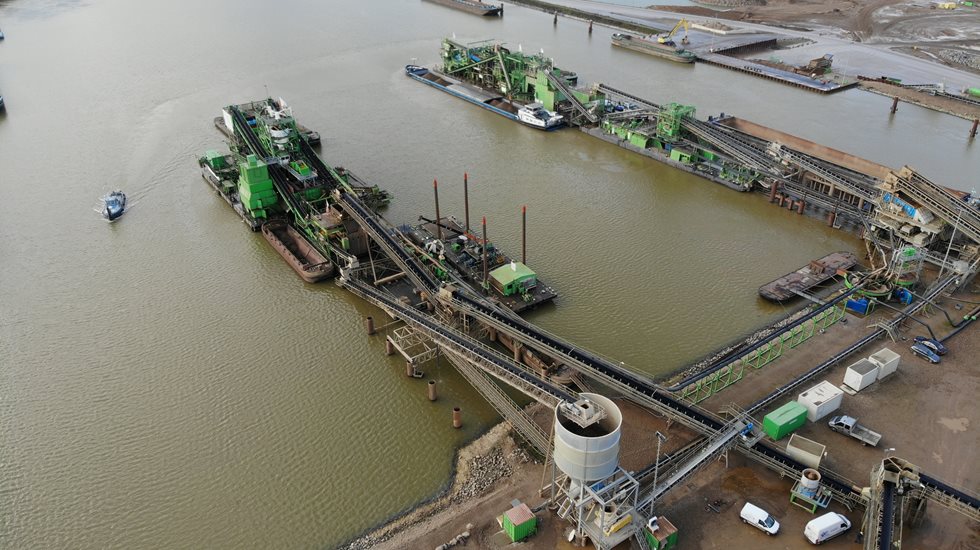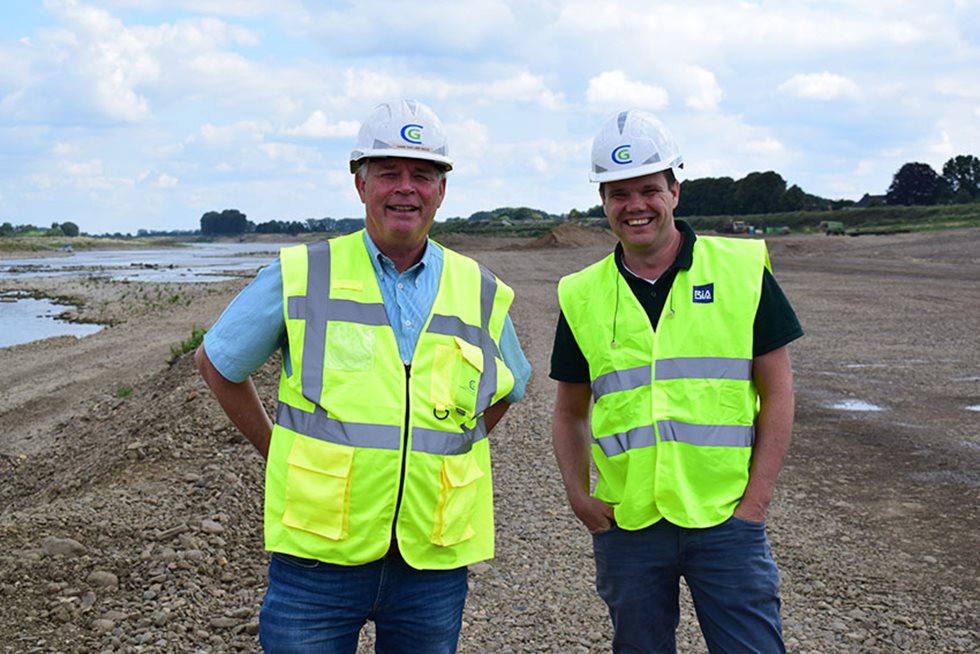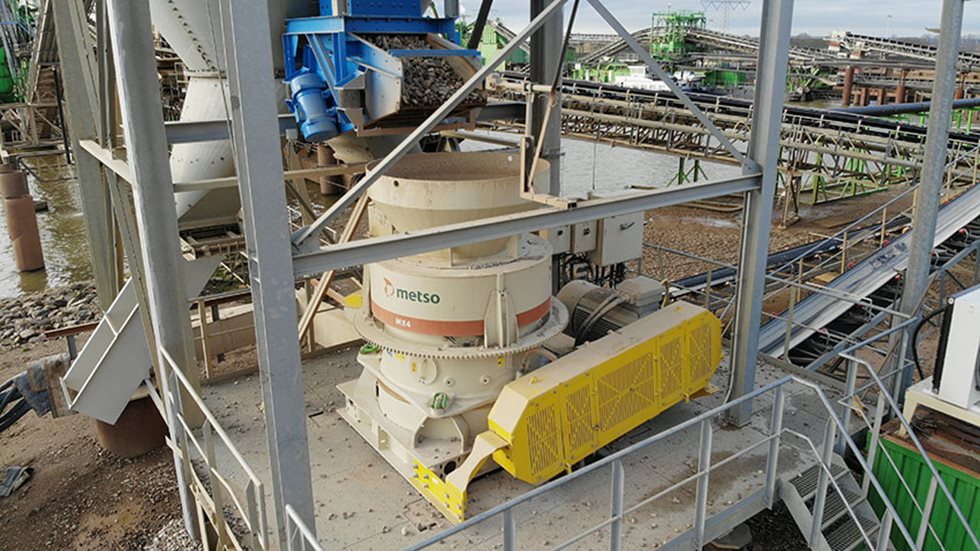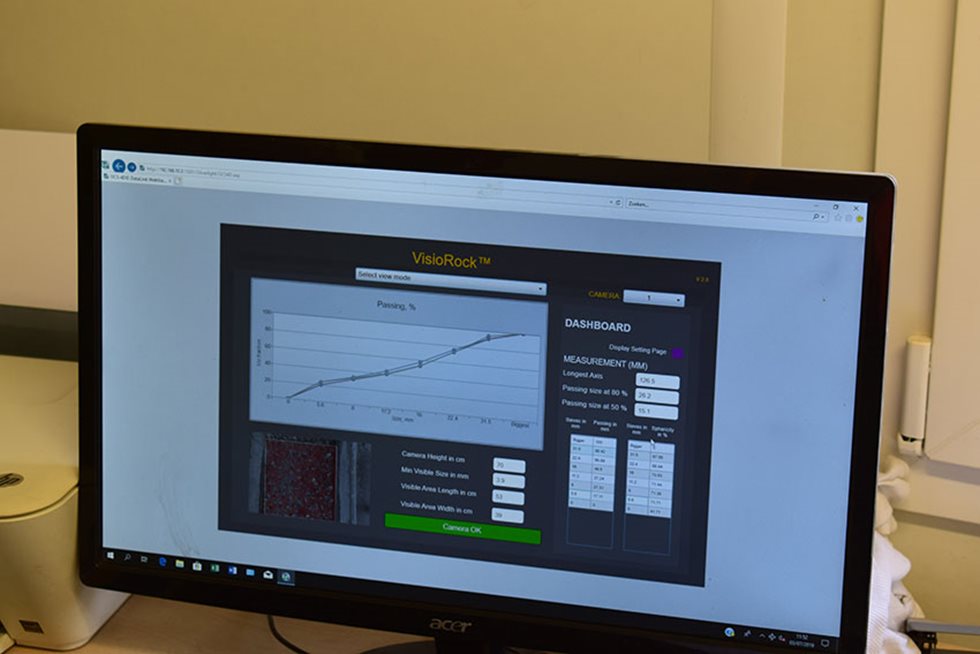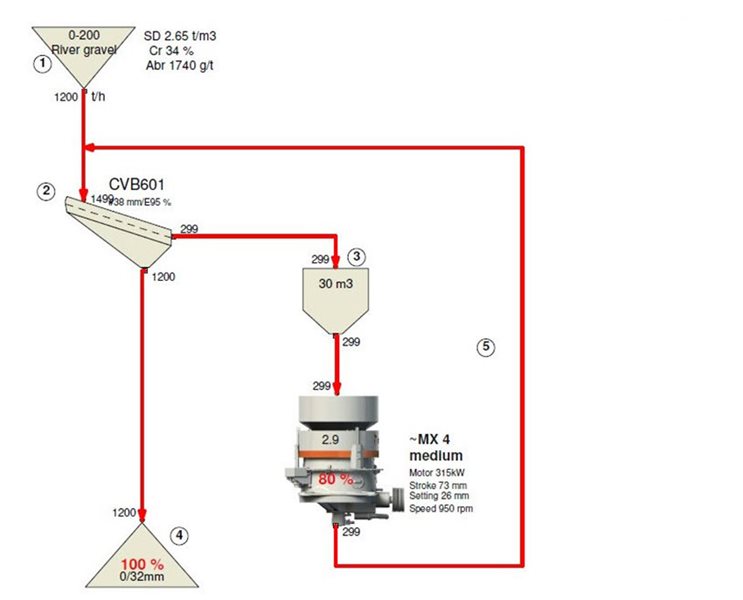Consortium Grensmaas, a consortium of partners, will give the Maas river around 350 hectares of extra space for water. In doing so, thousands of people living along the river will be protected from the kind of flooding they experienced in 1993 and 1995.
As a second target, the project aims to develop nature along the river. The project will create a total of 1000 hectares of additional nature as part of the Maas Valley River Park. On the fresh subsoil that remains after the river widening and gravel extraction, the fauna and flora will have to conquer the site again. Ultimately, this will result in possibilities for new nature experiences, walking trails, exciting kayak trips and encounters with new flowers, plants and birds.
And finally, there’s also a business side to this, of course, but again an interestingly creative one. From the beginning, the decision was made that this project wouldn’t be funded through taxes paid by the Dutch people.
The project, estimated to cost over EUR 700 million, is auto funded through the sales of the extracted sand and gravel – and that’s where Metso plays a role.
Working together for a good cause
Hans van der Meer, head of production and technical service, and Rob Schreurs, responsible for the execution at Grensmaas, are very enthusiastic about the whole project and the collaboration they’ve experienced with BIA, the local distributor, and Metso.
“It is with a lot of pride that we both want to promote what has happened here along the Maas,” says Hans. “This project clearly demonstrates that it is possible to do great things if everyone works together for the same and good cause.”
